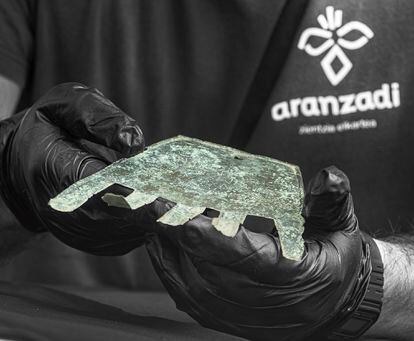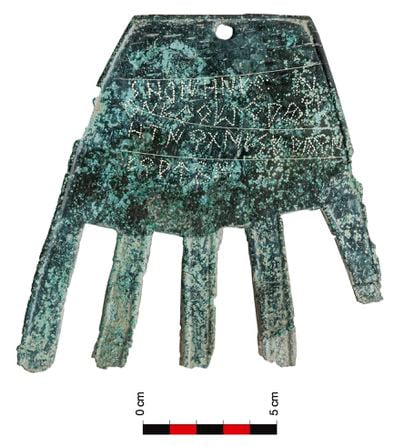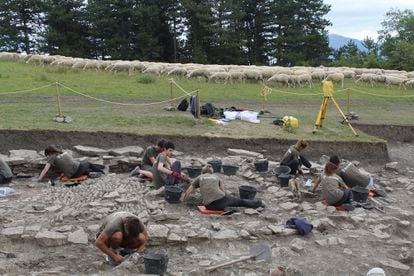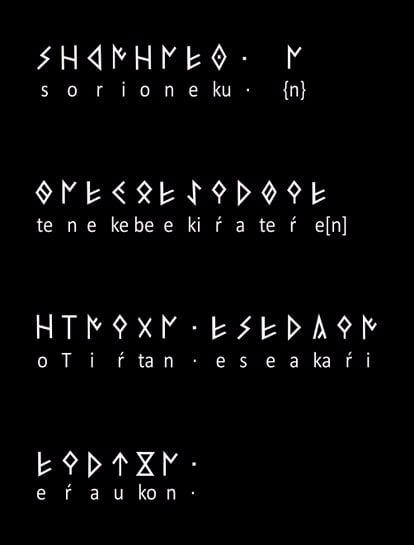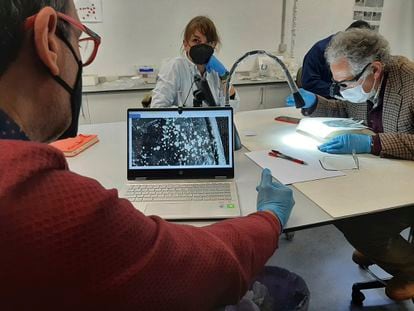The way people literally fetishize the written word it may have been seen as "the comb of lice destroying +2 vs arthropods" and retained past the time it was legible to the users.
I recall an anecdote (I think in the Golden Honeycomb by Vincent Cronin, not sure) that Papal robes would be made with the finest silks, including brocades imported from the Near East including items embroidered with the Name of God, expressing decidedly un Catholic doctrinal positions on the trinity. You'd expect the pope would have someone on staff who could read Arabic but there were times the old Pontiff's standing ebbed low, so its plausible.









 Reply With Quote
Reply With Quote

